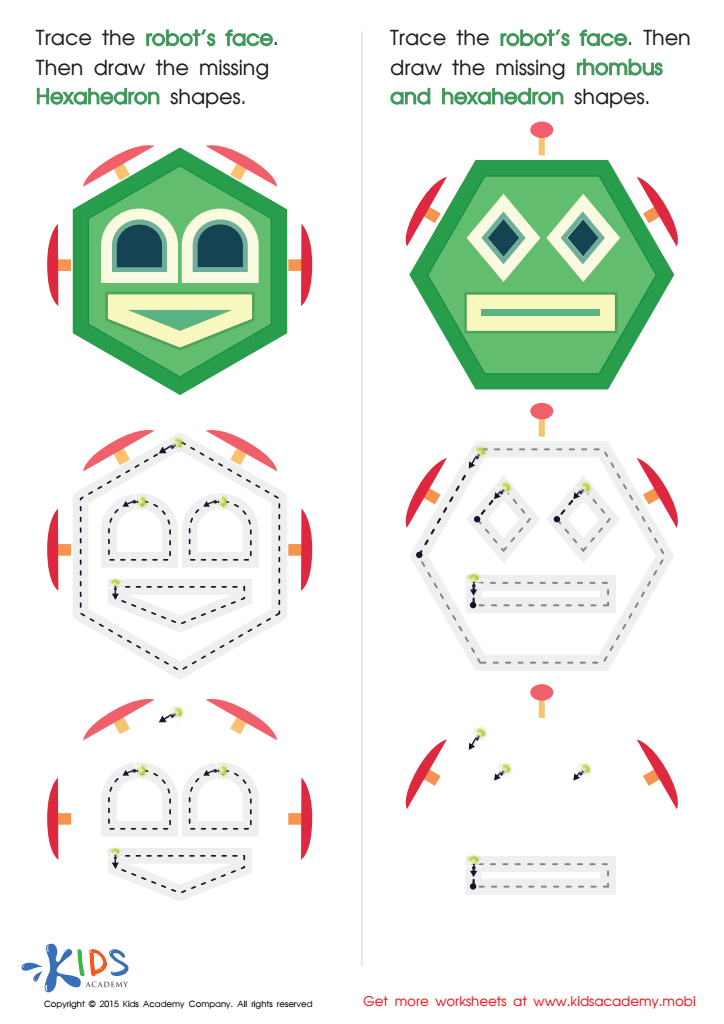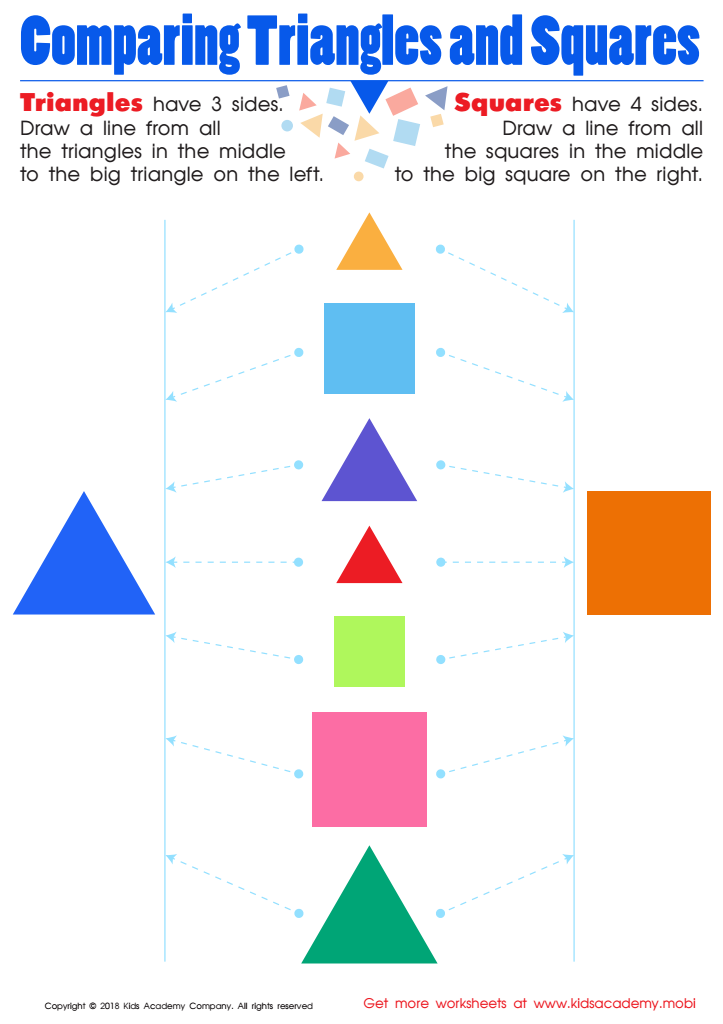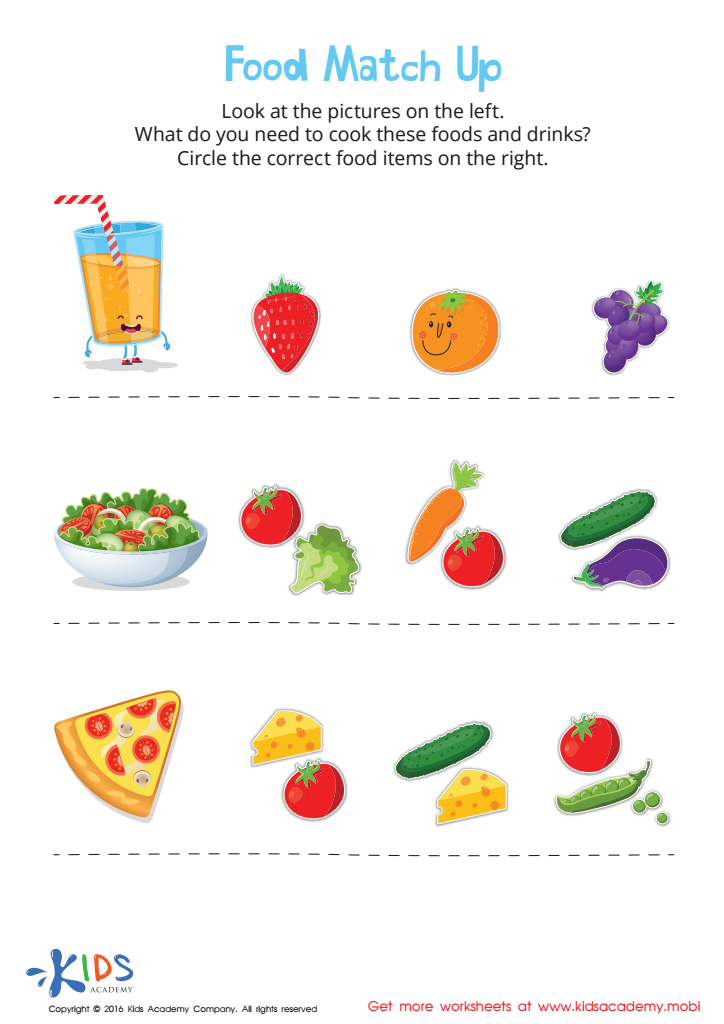Visual discrimination Normal Geometry Worksheets
3 filtered results
-
From - To
Discover our Visual Discrimination Normal Geometry Worksheets, designed to enhance your child's ability to recognize and differentiate geometric shapes and patterns. These engaging and interactive worksheets feature a variety of exercises that strengthen essential visual-spatial skills while making learning fun! Perfect for early learners, our resources help children develop keen observation skills and promote critical thinking. Each worksheet includes clear instructions and appealing visuals to keep young minds captivated. Ideal for home or classroom use, these worksheets are perfect for reinforcing geometry concepts and supporting overall academic growth. Explore our collection today and watch your child's geometry confidence soar!


Practice Drawing Hexahedrons And a Rhombus Worksheet


Comparing Triangles Squares Worksheet


Food Match Up Worksheet
Visual discrimination is a fundamental skill that enables individuals, particularly young learners, to distinguish between different shapes, patterns, and spatial relationships. For parents and teachers, understanding and fostering visual discrimination, especially in terms of normal geometry, is crucial for several reasons.
Firstly, strong visual discrimination skills underpin essential early math concepts. Recognizing shapes and understanding their properties lay the groundwork for more advanced mathematical reasoning and problem-solving. When children can identify differences and similarities in shapes, they are better prepared for geometric concepts they will encounter in later grades.
Secondly, visual discrimination contributes significantly to a child's overall cognitive development. It enhances critical thinking, improves visual processing, and supports learning in subjects that rely on spatial awareness, including science and art. This holistic growth is vital for a child's academic success and lifelong learning.
Additionally, fostering these skills can boost a child's confidence. Mastery in identifying and manipulating shapes can lead to a greater sense of accomplishment and motivation to engage in more complex tasks. In sum, parents and teachers should prioritize visual discrimination in normal geometry to support children's foundational skills, encourage cognitive development, and inspire confidence in their learning journey.
 Assign to My Students
Assign to My Students






























